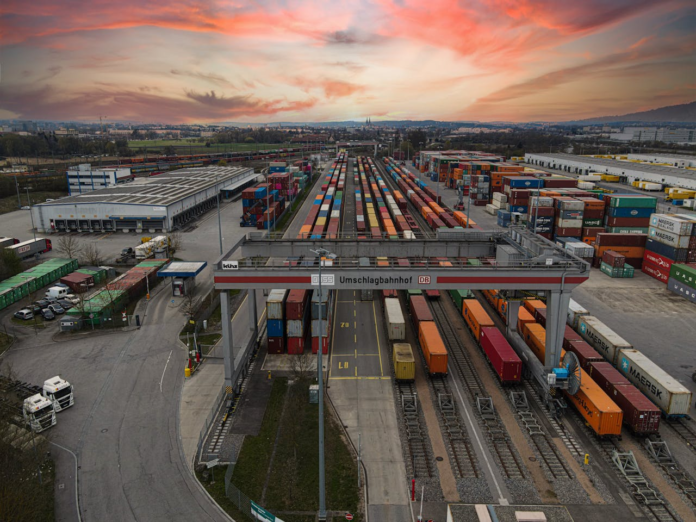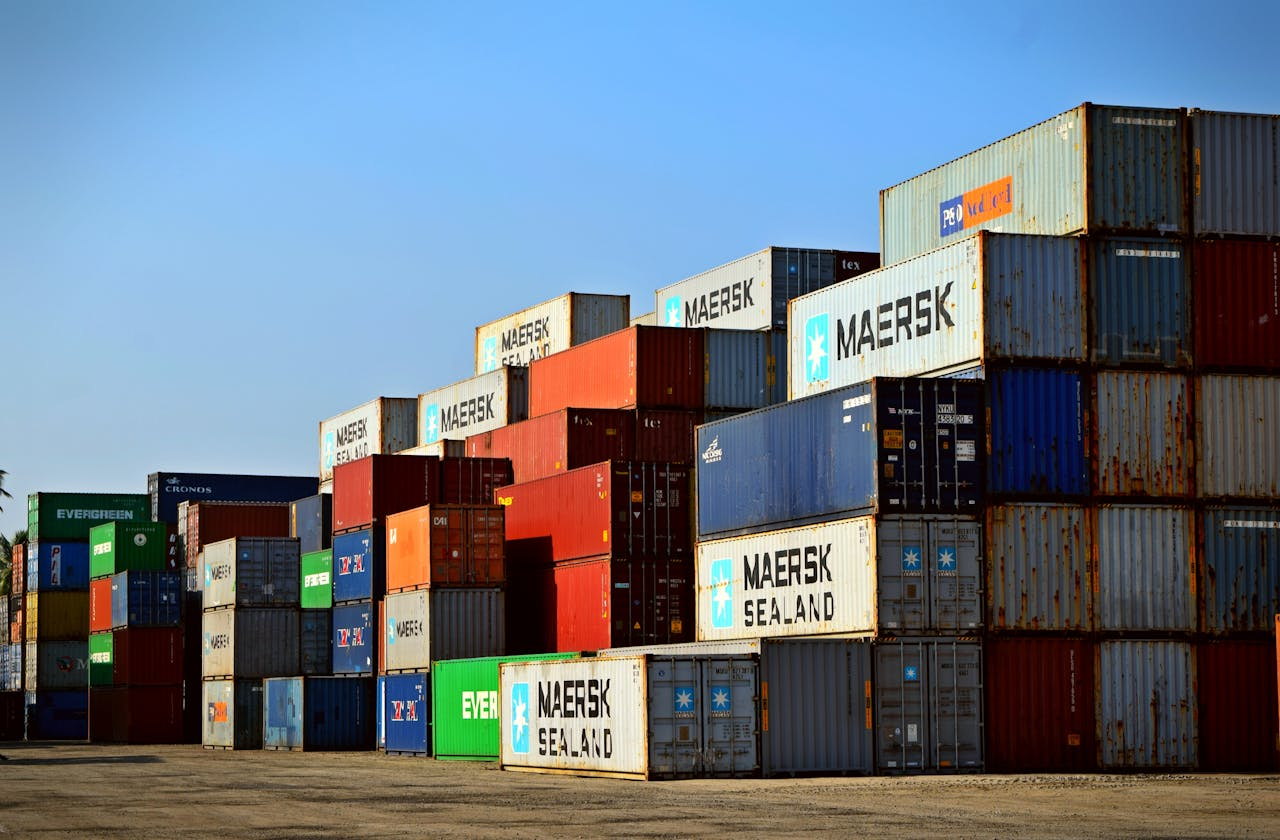
In the fast-paced world of container shipping, customer satisfaction is more critical than ever. As global trade continues to expand, the demand for reliable and transparent shipping services has grown exponentially. Customers today expect not only the safe delivery of their goods but also real-time information about their shipments’ status. The ability to track containers with precision and ease is no longer a luxury—it’s a necessity. If you’re looking to elevate customer satisfaction in your shipping business, better tracking might be the key. This article will guide you through how enhanced tracking systems can significantly boost your customer satisfaction levels, making your business stand out in a competitive industry.
The Importance of Customer Satisfaction in Container Shipping
Customer satisfaction in container shipping is pivotal to maintaining a strong and loyal client base. Satisfied customers are more likely to return for repeat business, provide positive reviews, and recommend your services to others. In an industry where trust and reliability are paramount, ensuring that your clients are happy with your services can lead to long-term success. But how do you keep customers satisfied in a field where so much is out of your direct control? One answer lies in improving the transparency and accessibility of tracking information.
Challenges in Container Shipping Tracking
Container shipping is fraught with complexities. The vast distances, multiple handoffs between different carriers, and various modes of transport all contribute to the challenges of tracking a shipment from origin to destination. Traditional tracking methods, which often rely on manual updates and limited information, can leave customers in the dark. This lack of transparency can lead to frustration, anxiety, and ultimately dissatisfaction.
Customers often face several issues:
- Delayed updates on shipment status.
- Inaccurate tracking information.
- Inability to access real-time data.
- Difficulty in understanding complex tracking interfaces.
These problems can be particularly frustrating when clients are dealing with high-value goods or time-sensitive shipments. In such cases, even minor delays or a lack of information can have significant consequences.
The Role of Advanced Tracking Systems

To tackle these challenges, shipping companies must invest in advanced tracking systems that provide accurate, real-time updates. Modern tracking solutions leverage technologies like GPS, RFID, and IoT devices to monitor shipments at every stage of their journey. These systems can offer a wealth of information, from the current location of the container to expected arrival times, any delays, and even environmental conditions inside the container.
By providing real-time updates, these systems ensure that customers are always in the loop, significantly reducing the uncertainty and stress associated with shipping. Moreover, with better tracking, companies can proactively address issues before they escalate, such as rerouting shipments in the event of a delay or providing alternative solutions if a problem arises.
Benefits of Improved Tracking for Customer Satisfaction
- Enhanced Transparency: With better tracking, customers can see exactly where their goods are at any given moment. This transparency builds trust, as clients feel more secure knowing that they have access to up-to-date information about their shipments.
- Faster Response Times: Real-time tracking allows shipping companies to identify and address issues more quickly. If a delay occurs, customers can be informed immediately, along with potential solutions. This proactive approach prevents small problems from becoming major customer service issues.
- Increased Reliability: When customers know they can rely on your tracking system for accurate information, their overall perception of your service improves. Reliable tracking is often equated with reliable shipping, making your company a preferred choice for future business.
- Better Communication: Improved tracking systems can integrate with communication platforms to automatically send updates to customers via email, SMS, or within a customer portal. This reduces the need for customers to chase information and enhances their overall experience.
- Customer Empowerment: Giving customers the ability to track their shipments empowers them to plan and make decisions based on real-time data. This sense of control over the process can significantly boost satisfaction levels.
Implementing Better Tracking Systems
To implement a more effective tracking system, shipping companies should consider investing in a robust Transport Management System (TMS). A well-designed TMS can streamline the entire shipping process, from dispatch to delivery, and ensure that all tracking data is captured and communicated effectively.
A TMS can also help integrate various tracking technologies, such as GPS and RFID, into a cohesive system that provides end-to-end visibility. This level of integration not only improves tracking accuracy but also allows for better data analysis, enabling companies to identify trends, optimize routes, and improve overall service quality.
Additionally, a TMS can automate many of the communication processes associated with tracking, such as sending real-time updates and alerts to customers. By reducing the manual workload, your team can focus more on resolving issues and improving service rather than just keeping up with the flow of information.
Training and Support: A Key to Success
While implementing advanced tracking systems is crucial, it’s equally important to ensure that your team is fully trained to use these tools effectively. Employees should be knowledgeable about how to access and interpret tracking data, and how to communicate this information to customers. Regular training sessions and a supportive work environment can help your team feel confident in their ability to provide excellent service.
Furthermore, providing customer support that can assist clients in using tracking tools is also important. Some customers may not be familiar with advanced tracking interfaces, and having a dedicated support team to help them navigate these systems can prevent frustration and improve their overall experience.
The Future of Tracking in Container Shipping

As technology continues to evolve, so too will the tracking systems in container shipping. We can expect to see further advancements in IoT, AI, and blockchain, all of which have the potential to make tracking even more accurate, secure, and accessible. Companies that stay ahead of these trends will be well-positioned to offer the best possible service to their customers, further boosting satisfaction and loyalty.
Conclusion
In the competitive world of container shipping, customer satisfaction is key to long-term success. By investing in better tracking systems, companies can provide the transparency, reliability, and communication that customers demand. A robust Transport Management System can play a crucial role in this process, helping to streamline operations and improve service quality. As technology continues to advance, those who embrace these innovations will be well-positioned to lead the industry and deliver unparalleled customer satisfaction.





